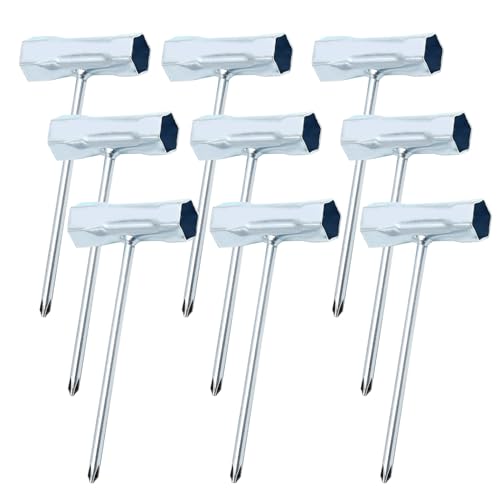JD, Many readers in here may understand how to measure squish, but maybe the OP doesn't.
If I understand the process right, one step of it is to use a length of solder as one rotates the piston to the top.
Another factor of the improved performance process is the impact of judiciously milling out inside the potentially damaged, or a new OEM cylinder. These mods plus opening up the muffler, and altering the squish could definitely improve the performance of the saw, assuming that the electronics, carb etc are all up to snuff. I have never ported any saws but have seen the process and understand the principals. I also know the warnings of knowing where the limits are as far as how far and where one can open the ports.
***** Considering fields_mj's feelings on spending on extra tools and supplies and all his other equipment, home, family needs, I would ask, " is the 036 really the saw I would sink dollars into? Is altering squish, porting etc, worth it, given his tool storage, budgeting his $$$, truck repairs needed, etc? Yes, I know that a gasket delete is a minimal cost alteration, but how much will his saw improve if he just does this partial mod vs. the total package? Where is the cost/benefit threshold of doing porting, gasket delete, muffler mods to this model saw?
Does anyone else agree with me that he should probably start with getting his saw either diagnosed, deem the seals, crank, piston and cylinder to have minimal damage to where he can get the saw running essentially stock by possibly polishing things up and putting new rings in it will render his saw to be within spec. If all works out doing the minimum and if he puts it back together and fires it up, he can have the " acid test" of was that all it needed, and he is good to go? My thoughts are, if he is able to get it running in essentially "stock" form, he at least has his reliable saw back. Once he does, then he is always free to mod it as his time and budget permits?
For reference, the OP lists his saws below.
Suzie Q - Stihl 024 - 18" .325 x .063 mini spline 7 pin rim.
Mini - Stihl 026 - 18" .325 x .063 small spline 8 pin rim.
Taz 1 and Taz 2- Stihl 036 - 18" .325 x .063 standard spline 9 pin rim
Bertha - Stihl 064 - 28" .404 full comp, 42" 3/8" full skip.
The Pretender - G660 - 28" .404 full comp, 42" 3/8" full skip
































